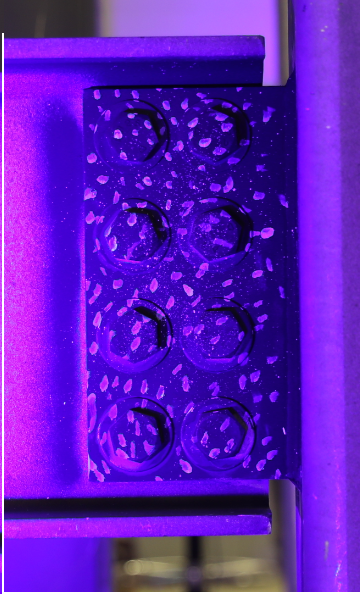2020
Aikaterini Genikomsou
Queen’s University
John Gales
York University
Enhancing the Design of Connections for Fire Resiliency
 Within CSA S16 Annex K, there exists flexibility for a designer to consider more advanced computational practices. This includes methods that optimize the fire protection of a steel structure with robust steel connectors, allowing for the dissipation of the resulting forces from thermal expansions. The benefit to the sustainable design of steel structures is clear since appropriate optimization can lead to a reduction of fire protecting materials. Such a design, however, involves the use of highly complicated software and cumbersome educational requirements to run existing software. Additionally, with many projects looking to Building Information Modelling (BIM) (which does not effectively communicate with existing fire design software), the resulting fire design is usually in need of re-computation for each building iteration. This can result in the fire design to become more expensive than the actual material saving. There is a need to develop computational tools that are both user friendly and have time saving abilities in calculations to optimize this fire protection. Currently, there are few, if any, engineering consultancy firms in Canada with the research capacity to develop performance-based fire design technologies for engineered steel structures.
Within CSA S16 Annex K, there exists flexibility for a designer to consider more advanced computational practices. This includes methods that optimize the fire protection of a steel structure with robust steel connectors, allowing for the dissipation of the resulting forces from thermal expansions. The benefit to the sustainable design of steel structures is clear since appropriate optimization can lead to a reduction of fire protecting materials. Such a design, however, involves the use of highly complicated software and cumbersome educational requirements to run existing software. Additionally, with many projects looking to Building Information Modelling (BIM) (which does not effectively communicate with existing fire design software), the resulting fire design is usually in need of re-computation for each building iteration. This can result in the fire design to become more expensive than the actual material saving. There is a need to develop computational tools that are both user friendly and have time saving abilities in calculations to optimize this fire protection. Currently, there are few, if any, engineering consultancy firms in Canada with the research capacity to develop performance-based fire design technologies for engineered steel structures.

This research project will provide an improved understanding of the effective design of steel connections when a structure is exposed to thermal loading and propose a safe design approach by considering the reduction of the construction cost of these steel structures. This will be achieved through the following project objectives: 1) understanding the underlying failure mechanisms of steel beam-column connections in fire exposure; 2) exploring the capabilities of two widely used software packages in the steel industry for efficient design of steel connections under fire; 3) developing a framework that will provide updated structural design solutions for steel connections (i.e. optimization of fire spray) for use in Canada to advance best practice and competency; 4) providing a validated tool set (BIM-LS DYNA interface) for the steel industry that will link and update design and fire/structural analysis; and 5) dissemination of the results to be used to update CSA S16 Annex K design guidance.


